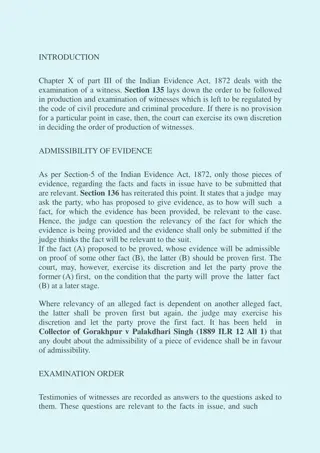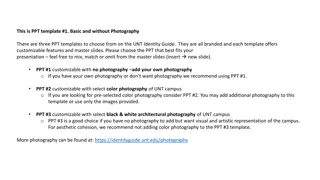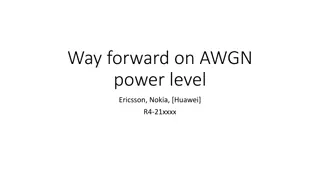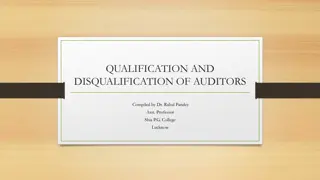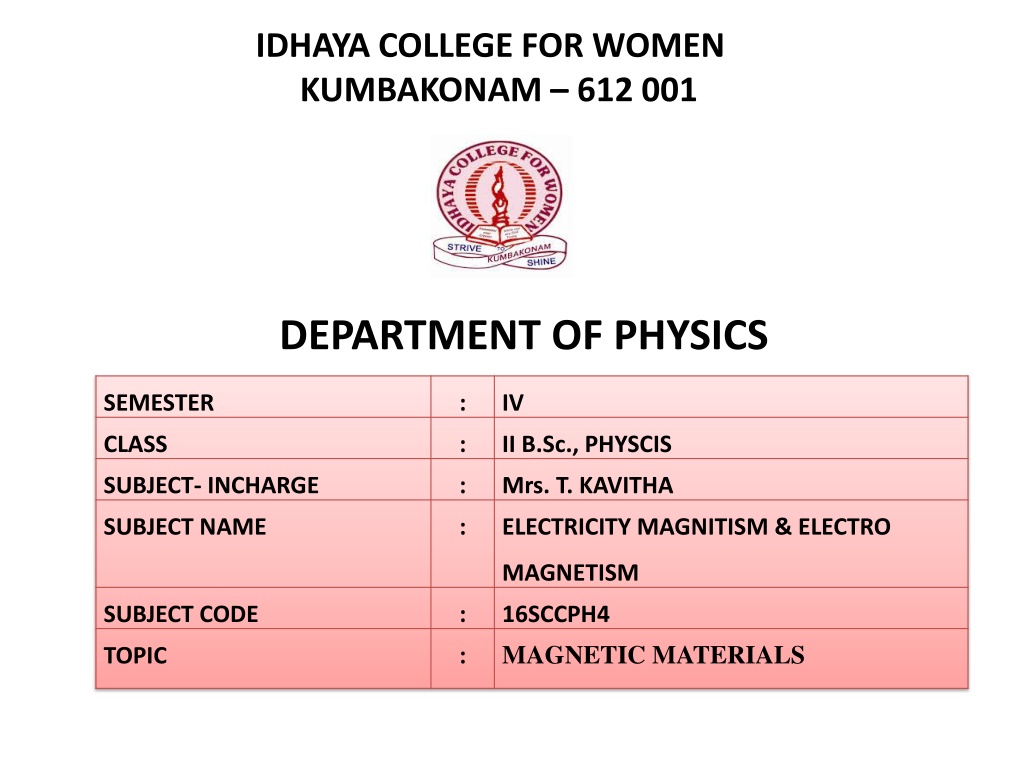
Understanding Magnetism and Magnetic Materials in Physics
Explore the world of magnetism and magnetic materials in physics, covering topics such as magnetic dipoles, types of magnetism like dia-magnetism, para-magnetism, ferro-magnetism, and their sub-classes anti-ferro-magnetism and ferri-magnetism. Learn why not all materials are magnets and compare dia, para, and ferromagnetic materials based on susceptibility and magnetic moments.
Uploaded on | 0 Views
Download Presentation

Please find below an Image/Link to download the presentation.
The content on the website is provided AS IS for your information and personal use only. It may not be sold, licensed, or shared on other websites without obtaining consent from the author. If you encounter any issues during the download, it is possible that the publisher has removed the file from their server.
You are allowed to download the files provided on this website for personal or commercial use, subject to the condition that they are used lawfully. All files are the property of their respective owners.
The content on the website is provided AS IS for your information and personal use only. It may not be sold, licensed, or shared on other websites without obtaining consent from the author.
E N D
Presentation Transcript
IDHAYA COLLEGE FOR WOMEN KUMBAKONAM 612 001 DEPARTMENT OF PHYSICS SEMESTER : IV CLASS : II B.Sc., PHYSCIS SUBJECT- INCHARGE : Mrs. T. KAVITHA SUBJECT NAME : ELECTRICITY MAGNITISM & ELECTRO MAGNETISM SUBJECT CODE : 16SCCPH4 MAGNETIC MATERIALS TOPIC :
Magnetism Magnetism is a phenomenon by which a material exerts either attractive or repulsive force on another. Bohr magneton Magnetic moment due to spin of an electron is known as Bohr magneton,it is denoted by mB where q is the charge on the electron, h Planck s constant, me mass of electron. mB=e /2me
Why not all materials are magnets? There are two reasons for it. 1) with same energy level must have opposite spins so their magnetic moments, which cancel each other. According to Pauli exclusion rule, two electrons 2) orbital moments of electrons also cancel out each other
Magnetic dipoles A magnetic dipole is a small magnet composed of north and south poles. Magnetic forces are produced by moving charged particles Magnetic Field The space around the magnet is known as Magnetic field
TYPES OF MAGNETISM Dia-magnetism: very weak; exists in presence of an external field. Para-magnetism: slightly stronger; When an external field is applied dipoles line-up with the field, resulting in a positive magnetization. Ferro-magnetism: very strong; When an external field is applied dipoles line-up permanently with field.
TYPES OF FERRO MAGNETISM It has two sub-classes: Anti-ferro-magnetism:dipoles line-up, but in opposite directions, resulting in zero magnetization. Ferri-magnetism:dipoles line up ,but dipoles of varying strength cannot cancel each other.
COMPARISION OF DIA,PARA &FERROMAGNETIC MATERIALS S. No DIA MAGNET PARAMAGNET FERROMAGNET 1 weak, negative susceptibility small, positive susceptibility large, positive susceptibility 2 It is a material in which there is no permanent magnetic moment. It has enormous permanent magnetic moment. It has permanent magnetic moment. 3 slightly repelled Slightly attracted Strongly attracted 4 Same direction as the external magnetic field Same direction as the external magnetic field Opposite to the external magnetic field 5 Parallel and orderly alignmen No spin alignment Random alignment
HYSTERESIS LOOP HYSTERESIS If an alternating magnetic field is applied to the material, its magnetization will trace out a loop called a hysteresis loop
From the hysteresis loop, 1.Retentivity It is a material's ability to retain a certain amount of residual magnetic field when the magnetizing force is removed after achieving saturation. 2. Residual Magnetism or Residual Flux The magnetic flux density that remains in a material when the magnetizing force is zero. 3.Coercive Force The amount of reverse magnetic field which must be applied to a magnetic material to make the magnetic flux return to zero 4. Reluctance Is the opposition that a ferromagnetic material shows to the establishment of a magnetic field. Reluctance is analogous to the resistance in an electrical circuit.
Difference between Soft & Hard Magnetic Materials S.No. Soft Magnet Hard Magnet 1 They are easily magnetised &demagnetised They are not easily magnetised &demagnetised 2 They have low coercivity They have high coercivity 3.Coercive Force The amount of reverse magnetic field which must be applied to a magnetic material to make the magnetic flux return to zero . 4. Reluctance Is the opposition that a ferromagnetic material shows to the establishment of a magnetic field. Reluctance is analogous to the resistance in an electrical circuit. generators, electromagnets, etc. 3 Hysteresis loss is less Hysteresis loss is higher 4 Eddy current loss is less Eddy current loss is more 5 Used in making permanent magnets, magnetic separators, magnetic detectors, speakers, microphones, etc. Used in transformer cores, motors, 6 They have low remnant magnetization They have high remnant magnetization 11






